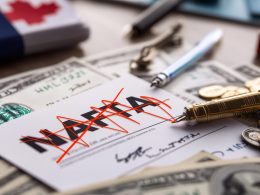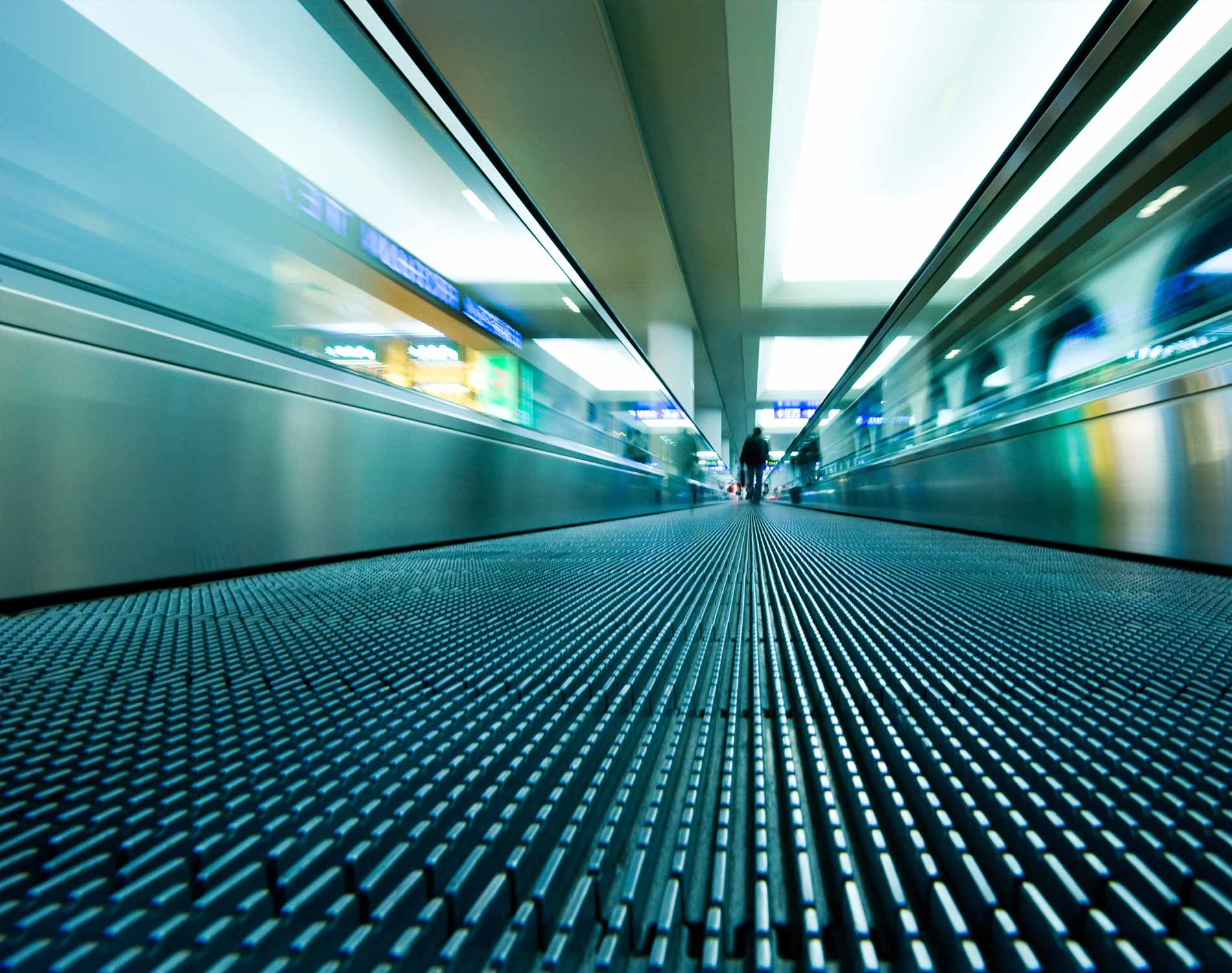The No-Default Fallacy of CCC Corporates - Context
by Fixed Income AllianceBernstein
January 09, 2017

In the high-yield market, it’s no secret that the lower a bond’s quality, the higher its risk of default. Here’s something that isn’t so well understood: low-quality bonds can damage a portfolio even before they default.
Investors often tell us they chose a particular high-yield strategy because over time it suffered very few defaults—or none at all. But when these strategies include a large share of CCC-rated “junk” bonds, the statistics probably don’t tell the whole story.
That’s because with distressed bonds, the steepest price declines usually come well before an actual default (that’s true of more highly rated bonds, too). Now, it’s certainly possible for managers to unload a bond at pennies on the dollar and say their portfolios avoided a default. What they can’t say is that they avoided losses. By selling at a steep discount, they’ve actually locked in losses, no matter whether the issuers ended up defaulting or not.
What’s more, it isn’t always obvious when a company is headed for trouble. Sometimes, markets anticipate default well in advance. Other times, a company’s fortunes go south much the way Ernest Hemingway said a man goes broke: “gradually, then suddenly.” Strategies that invest heavily in the lowest-quality corporate bonds have a higher risk of being blindsided.
CCCs Soared in 2016, but May Crash This Year
Now, it’s true that in 2016, owning the lowest-quality corporate bonds actually paid off. The annualized return for this part of the market was about 30%, nearly double that of the broader US high-yield market. The outsize gains were mainly thanks to commodity prices, which stabilized last year after a sharp 18-month decline, helping troubled energy-sector bonds rebound.
But betting on a repeat performance is, in our view, akin to playing Russian roulette. For one thing, the odds are heavily stacked against it. According to Moody’s Investors Service, CCCs logged an average default rate of more than 11% between 1994 and 2015, compared to 2.8% for B-rated securities.
What’s more, CCCs simply don’t have much room to rise further. The average dollar price in the sector was $67 when 2016 began; today it stands around $86. That’s historically high for the lowest-rated, highest-risk sector of the high-yield market.
As US interest rates continue to rise, we expect conditions in 2017 to get even more challenging for companies in distress. Rates are lower in Europe, where it’s earlier in the credit cycle. Even so, we think it pays to steer clear of CCCs. Are there occasionally unique opportunities in this part of the high-yield market? Sure. But finding them requires extensive credit analysis and a very selective approach.
In fact, some of the best opportunities come after a bond has defaulted. As strategists at Barclays put it in a recent research report, “bonds lose an average of 30%–35% in the six months leading up to default, but then rally 20% in the six months following.”
Wading deeply into the CCC pool now, on the other hand, is a high-risk endeavor. That’s something to keep in mind when vetting high-yield investment managers—particularly those that lean heavily on the lowest-quality bonds to bolster returns.
The views expressed herein do not constitute research, investment advice or trade recommendations and do not necessarily represent the views of all AB portfolio-management teams.

Copyright © AllianceBernstein
















